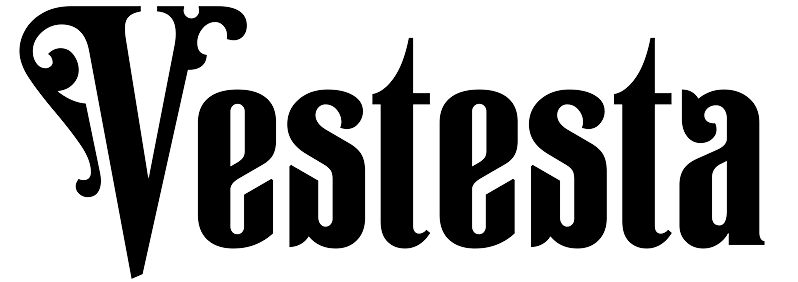Welcome to a journey where the cogs and gears of imagination mesh to form a realm beyond the ordinary, a place where steam-driven dreams take flight – welcome to the world of Steampunk Fantasy. This isn’t just another genre; it’s a fusion of history, technology, and unabashed creativity. Let’s dive into the smoky streets and sky-high adventures of this incredible universe.
The Heart of Steampunk: A Blend of Old and New
At its core, Steampunk is a tantalizing mix of the Victorian era’s elegance and futuristic innovations. Picture this: corseted gowns and top hats, airships dotting the sky, and intricate gadgets powered by steam and clockwork. It’s a world where the past and the future collide in the most spectacular fashion.
The Aesthetic: More Than Just Goggles and Gears
The Steampunk aesthetic is instantly recognizable – brass goggles, leather corsets, mechanical limbs, and an overarching vibe of Victorian sophistication meets futuristic innovation. But it’s more than just the attire; it’s about creating a world where every detail is part of a larger, living, breathing machine.
Real-Life Inspirations: From History to Your Story
History is your playground here. The Victorian era, with its incredible advancements and imperialistic ambitions, provides a rich backdrop. Look at real historical figures and inventions, then twist them to fit your narrative. Imagine Thomas Edison as a mad inventor or the Eiffel Tower as a launch pad for spaceships.
Characters: The Soul of Your World
Characters in Steampunk aren’t just residents; they’re integral cogs in the narrative machine. They range from airship pirates and clockwork inventors to aristocratic adventurers and rogue automatons.
The Maverick Inventor
Every Steampunk world needs its visionary – someone who sees beyond the steam and into the future. These characters are often the driving force behind the plot, pushing boundaries with their creations and often finding themselves in hot water for it.
Crafting Believable Characters
To make these characters resonate, ground them in reality. Give them flaws, fears, and dreams. Maybe your inventor is brilliant but socially awkward, or perhaps they’re battling the establishment that fears their advancements.
Plotting Your Story: An Adventure in the Clouds
Steampunk isn’t just a setting; it’s a promise of adventure. Your plot should weave through the cobblestone streets and soar above the clouds.
Conflicts and Challenges
What’s a story without conflict? Perhaps it’s the struggle against a steam-powered tyrant, a race to invent a groundbreaking device, or a battle against time itself. These conflicts drive your story forward and keep readers hooked.
Using Technology as a Plot Device
In Steampunk, technology isn’t just for show; it’s integral to the plot. Maybe a character’s invention goes haywire, or an ancient technology is rediscovered with dire consequences. Let your imagination run wild.
World-Building: Crafting Your Steampunk Universe
Creating a Steampunk world is about more than just slapping some gears on a top hat. It’s about building a believable, immersive universe.
The Society: Hierarchies and Power
Consider the societal structure. Is it a strict hierarchy with aristocrats at the top, or a more egalitarian society where inventors are revered? How does technology affect social status and power dynamics?
Cities in the Sky and Under the Sea
Your world’s geography can be as boundless as your imagination. Floating cities, underwater metropolises, and subterranean societies are all fair game. Think about how these environments affect the people and stories within them.
Engaging Your Readers: A Tale That Resonates
To truly captivate your audience, your Steampunk world needs to resonate on a human level. It’s not just about the spectacle; it’s about how these extraordinary circumstances affect ordinary lives.
Emotional Resonance: The Human Element
At its heart, your story is about people. Their struggles, triumphs, and journeys are what will keep readers engaged. Make sure every whirring machine and steam-powered contraption has a human story at its core.
Incorporating Themes and Messages
What do you want to say with your story? Steampunk, with its blend of old and new, is ripe for exploring themes like progress vs. tradition, the role of technology in society, and the nature of humanity.
The Journey Continues
As we pull into the station of our Steampunk exploration, remember that this is just the beginning. Your journey into creating a Steampunk Fantasy world is limited only by your imagination. Embrace the blend of history and fantasy, technology and romance, and craft a world that readers will yearn to visit again and again.
Don’t forget to visit rest of our articles for more resources and inspiration to fuel your Steampunk adventure. And remember, in the world of Steampunk, the sky isn’t the limit; it’s just the beginning.






0 Comments